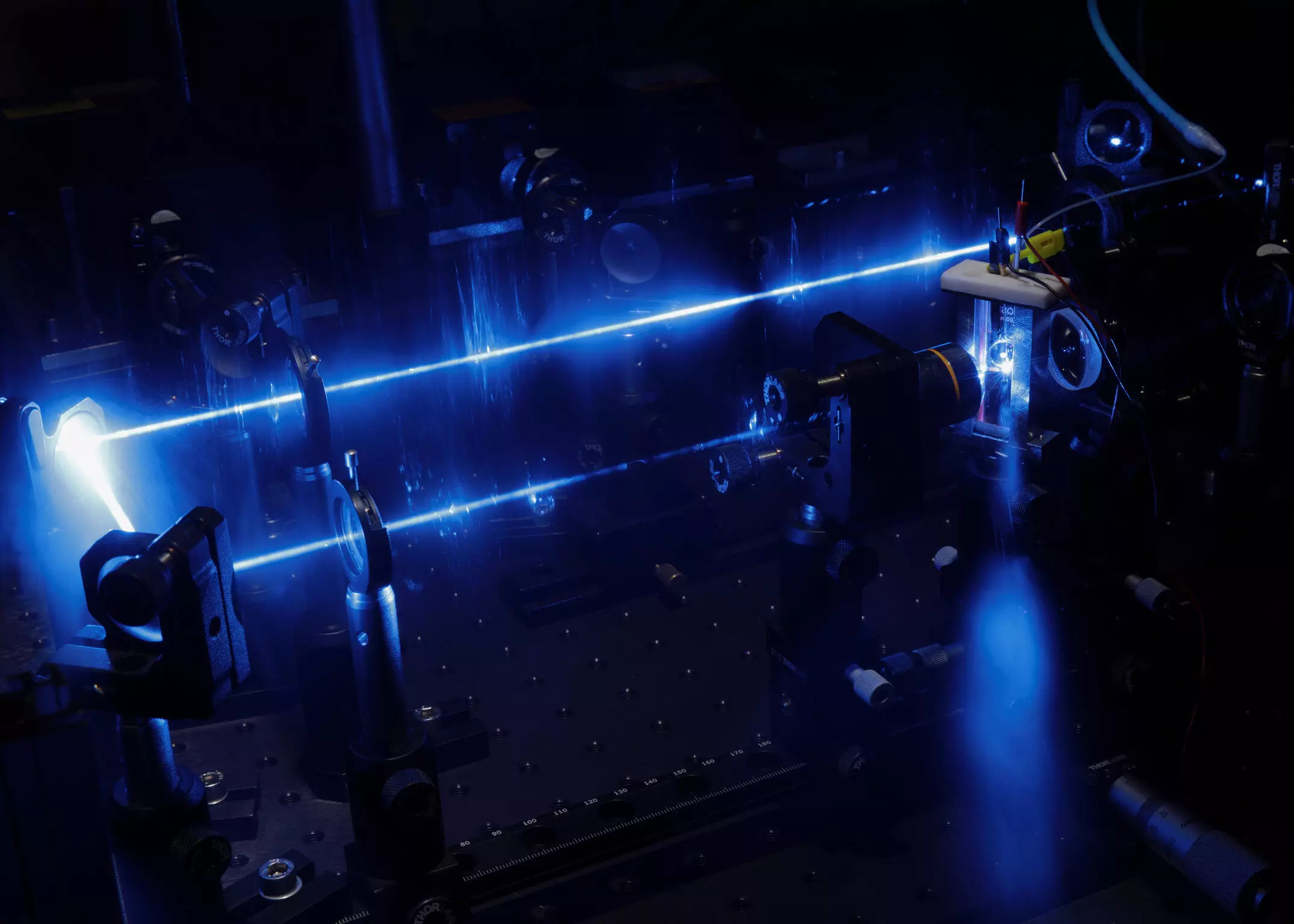Iron compounds have been shown to absorb light differently based on small changes in their chemical structure. Specifically, the second coordination sphere, which is not directly bound to the iron atom, plays a crucial role in influencing the behavior of these compounds. By adding protons, the reaction of the iron complexes to absorbed light is altered. This discovery is significant as it opens up the possibility of using iron complexes as a more sustainable alternative to rare metal complexes in light-to-energy conversion processes.
Chromophores are molecules that absorb light and can subsequently release the absorbed energy through processes like electron transfer. The ability of iron complexes to transfer electrons to a reaction partner after absorbing light is essential in fields such as photocatalysis and photovoltaics. Researchers at the Collaborative Research Center (CRC) CataLight have demonstrated that not only do these iron compounds efficiently absorb light, but their properties can be meticulously tuned through simple chemical modifications like proton addition or removal.
The groundbreaking research led by Prof. Dr. Benjamin Dietzek-Ivanić, the spokesperson for CRC CataLight and a researcher at Leibniz IPHT and the University of Jena, showcases the ability to precisely control the light absorption of iron complexes by manipulating their molecular environment. This discovery paves the way for innovative sustainable technologies that leverage iron compounds in photovoltaics, catalysis, and other eco-friendly chemical processes.
Traditionally, research in this field has concentrated on utilizing expensive materials for light absorption processes. However, the findings from the team at the Universities of Jena and Ulm emphasize the possibility of using iron compounds as a cost-effective and environmentally friendly substitute. This shift towards sustainability opens up new avenues for harnessing the potential of iron complexes in various applications, ultimately contributing to a more sustainable future.
The research conducted by scientists at the Leibniz Institute of Photonic Technology and the Universities of Jena and Ulm sheds light on the significant impact of small structural changes on the light absorption properties of iron compounds. By leveraging these findings to optimize iron complexes in sustainable technologies, the scientific community takes a step closer towards achieving a more environmentally conscious approach to light-to-energy conversion processes.



Leave a Reply